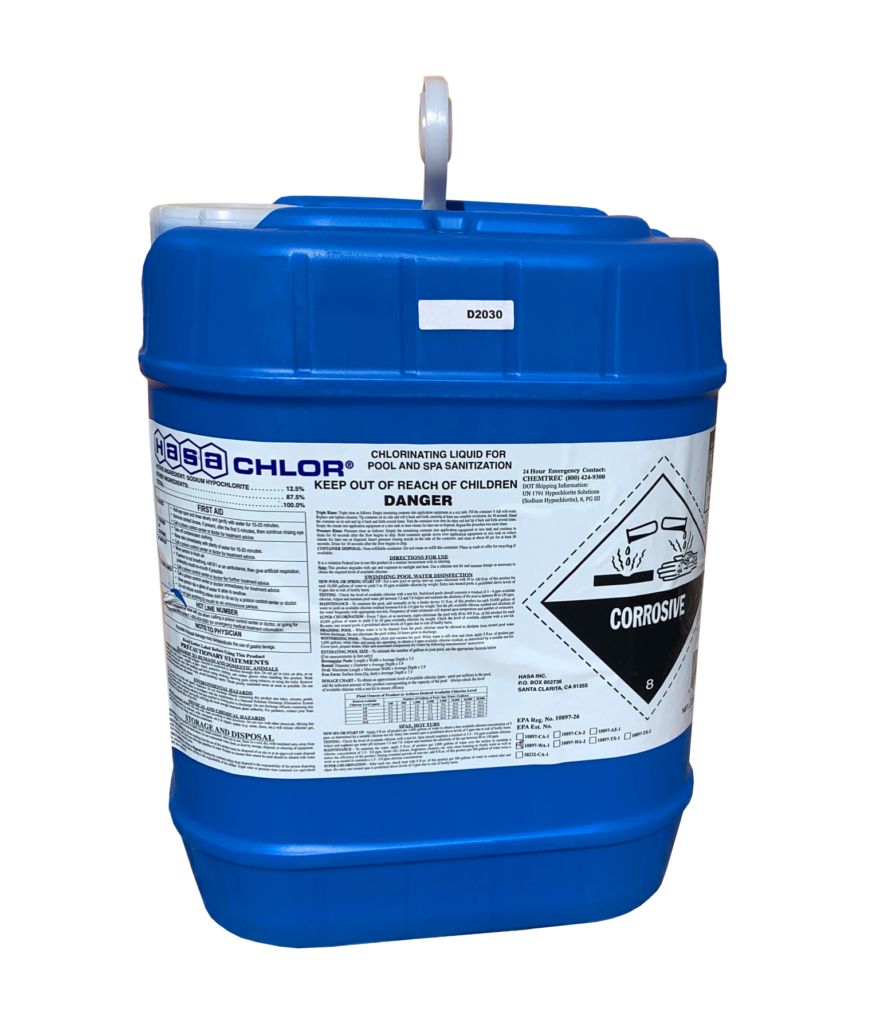Keeping a sparkling clean and safe swimming pool is a top priority for any pool owner. Proper sanitation is crucial, and liquid chlorine is a widely used and effective option for pool disinfection.

Image: mastercraftpool.com
In this comprehensive guide, we will delve into everything you need to know about using liquid chlorine in your pool, from understanding its role to following proper application techniques. Join us as we navigate the basics and advanced knowledge to master liquid chlorine usage for a pristine and healthy pool.
Understanding the Importance of Liquid Chlorine
Maintaining a Healthy Pool Environment
Liquid chlorine acts as a disinfectant, killing bacteria, viruses, and other microorganisms that can cause waterborne illnesses. Regular application helps prevent the spread of germs and maintains a clean and hygienic swimming environment.
Oxidizing Contaminants
Liquid chlorine oxidizes organic contaminants such as body oils, lotions, and debris, breaking them down into smaller molecules that are easier to filter out of the water. This process helps keep your pool water crystal clear and free of unsightly buildup.

Image: www.amazon.ca
Applying Liquid Chlorine to Your Pool
Dosage and Frequency
The recommended dosage of liquid chlorine varies depending on pool size and usage. It’s crucial to follow the manufacturer’s instructions and test your water regularly using a test kit to determine the optimal dosage for your pool.
Generally, chlorine levels should be maintained between 1 and 3 parts per million (ppm). If levels are too low, your pool may be vulnerable to algae growth and bacteria, while excessive levels can irritate swimmers’ eyes and skin.
Application Techniques
There are two common methods for applying liquid chlorine:
- Direct Feed System: This system involves using a chlorine feeder that injects liquid chlorine directly into the pool water.
- Manual Dosing: Pour the liquid chlorine around the pool’s perimeter while the pump is running to ensure even distribution.
Safety Precautions
When handling liquid chlorine, take proper safety precautions:
- Always wear gloves, eye protection, and protective clothing.
- Never mix liquid chlorine with other chemicals.
- Allow for proper ventilation when using indoor pools.
Tips from the Experts
Here are some valuable tips from pool care professionals:
- Test your pool water regularly and adjust chlorine levels as needed.
- Use a pool cover when not in use to prevent chlorine loss.
- Avoid swimming immediately after adding chlorine to allow for dispersion.
- If you experience eye or skin irritation, discontinue swimming and seek medical attention.
Frequently Asked Questions
Q: When is the best time to apply liquid chlorine?
A: Apply liquid chlorine at night or when the pool is not heavily used to allow for proper absorption into the water.
Q: Can I use liquid chlorine in a saltwater pool?
A: Yes, liquid chlorine can be used in saltwater pools. However, it may affect the chlorine generator, so it’s recommended to consult with a pool professional.
Q: What are the alternatives to liquid chlorine?
A: Other pool sanitizing options include granular chlorine, chlorine tablets, and saltwater chlorine generators.
How To Use Liquid Chlorine In Pool
Conclusion
Using liquid chlorine in your swimming pool is a safe and effective method for water disinfection and maintaining a healthy swimming environment. By following the guidelines outlined in this article, you can effectively apply liquid chlorine to your pool and enjoy crystal-clear, sparkling water all season long.
Do you find the topic ‘how to use liquid chlorine in the pool’ informative? Share your thoughts and experiences in the comments below. Let’s keep the conversation going!